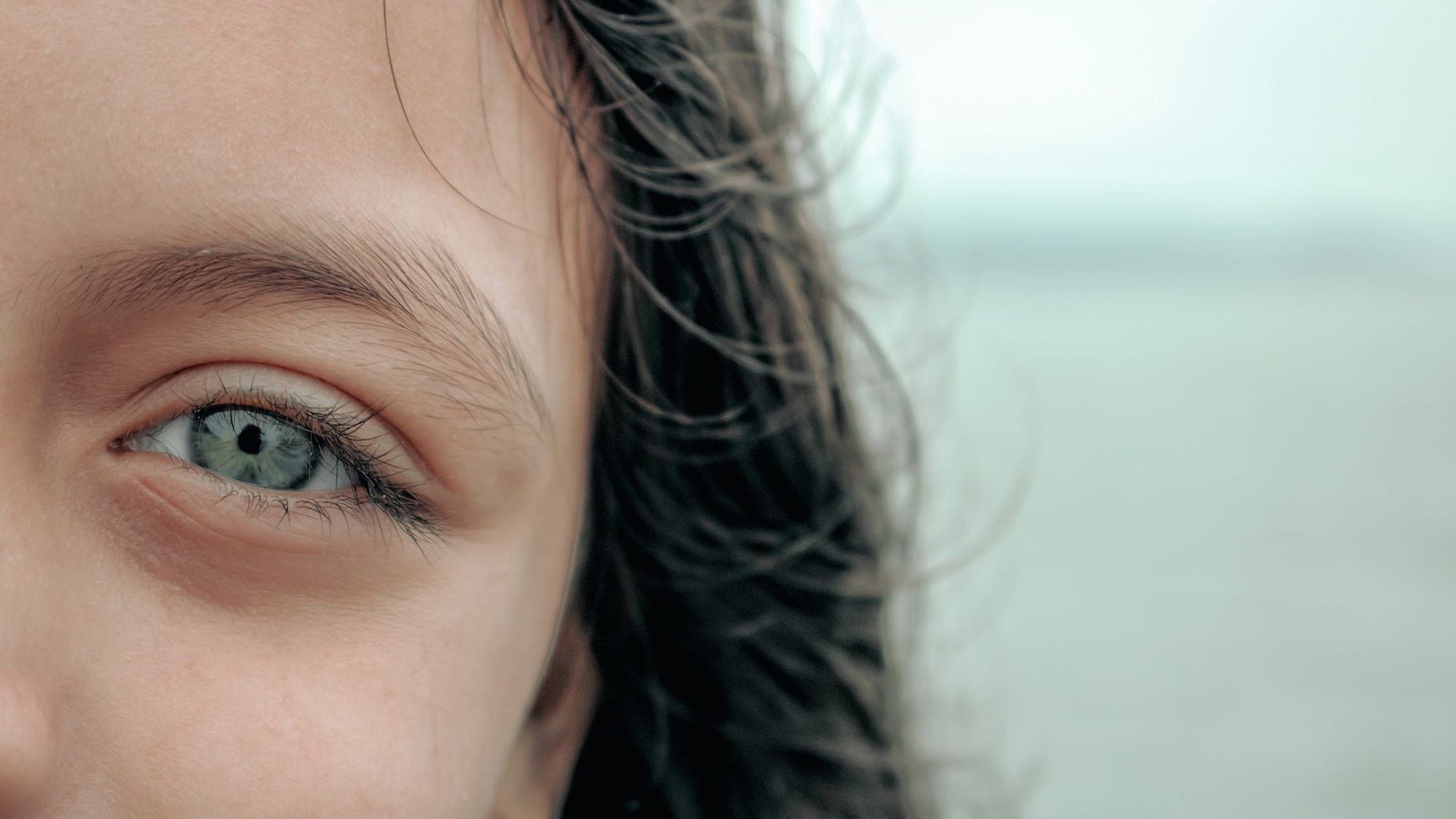A scientific revolution
Our newfound knowledge about the way light affects our biological clock has revolutionised the lighting industry. And it all starts with a story of mice and men.

The magic of light
The pupil lets in light. Light is refracted in the cornea and the lens. Then the magic happens. An image is created on the retina of the eye, centred in the fovea, which manages our colour vision and visual acuity. The retina is made up of visual cells, cones and rods, which jointly convert the light into images. The rods are the most light-sensitive and are used to see in the dark, but they cannot distinguish between different colours. Our colour vision is controlled instead by the cones, which require more light and occur in three different variants, sensitive to light in the red, green and blue spectrum. The way in which light affects us visually, i.e. our vision, has been the subject of extensive research. In addition, we have assumed that the amount of light that hits the eye also affects our circadian rhythm. But how is it all connected? Nobody has actually known.
The “secret” daylight cell
Researcher David Berson was one of the people to wonder about this link. We already knew that mice were equipped with a special cell in the eye that registered daylight. Wasn’t it possible that there might be something similar in us humans? Daylight-sensitive cells that supplemented the eye’s other receptors? Berson and his team began searching, and in 2002 they found what they were looking for. A cell that was sensitive to white light, i.e. daylight, hidden in the eye’s retina. Here there was a hitherto unknown link between daylight and the circadian rhythm.
A super-advanced junction box
For nearly two decades, the researchers believed that the daylight receptor was an independent system that communicated directly with the part of the brain that controls our circadian rhythm. We now know that it is more complex than this. Together, the five light-sensitive receptors – the daylight receptor, the rods and the three different cones – form a complex network in the retina.
This system can be likened to a super-advanced junction box. The cones’ information about red, green and blue wavelengths is funnelled down to full-colour light, which meets the white light from the daylight receptor. At the same time, the coloured visual acuity is processed with black and white peripheral vision. The visual and biological systems are consequently interconnected in an advanced apparatus. The amount and quality of the light that has been processed are then forwarded to our hormonal system, which regulates the production of the sleep hormone melatonin and the stress hormone cortisol.
The relationship between the light entering the eye – which includes both daylight and electric light – and the human circadian rhythm can be studied in many different ways. Physically, by measuring people’s hormone levels, and psychologically in the form of interviews and observations. Working from evidence-based research, we are able to create lighting that contributes to a better circadian rhythm and makes people more alert and happier.